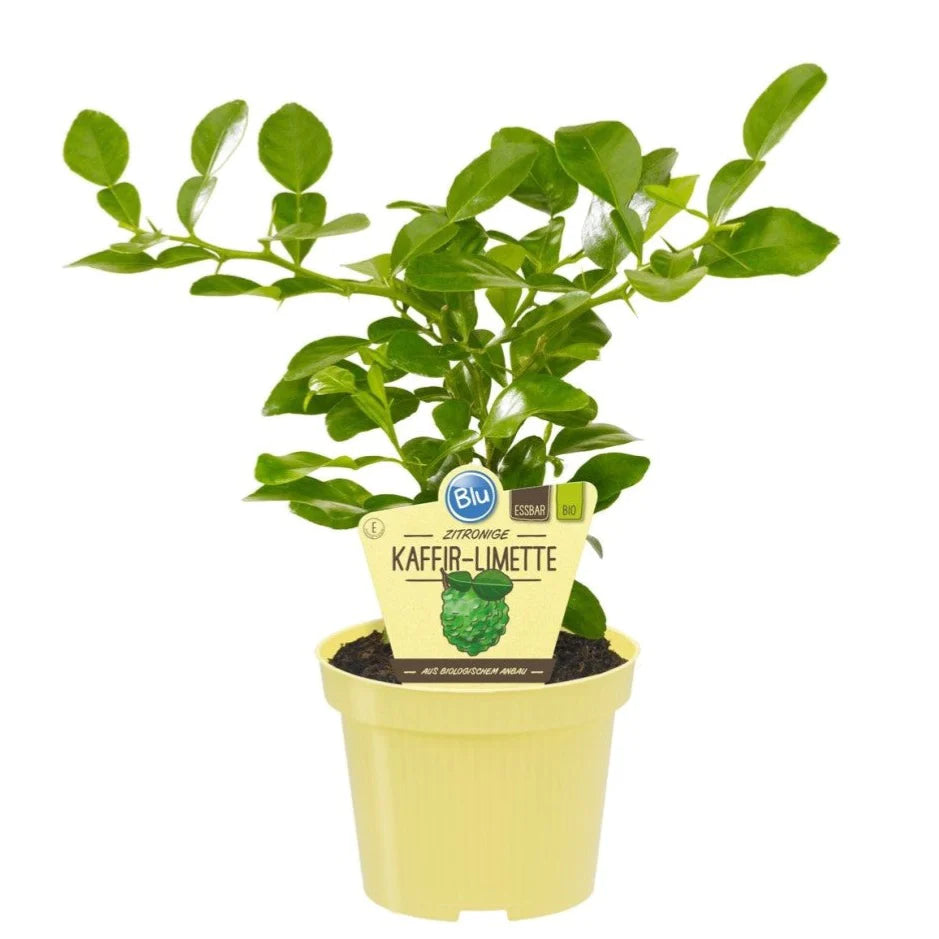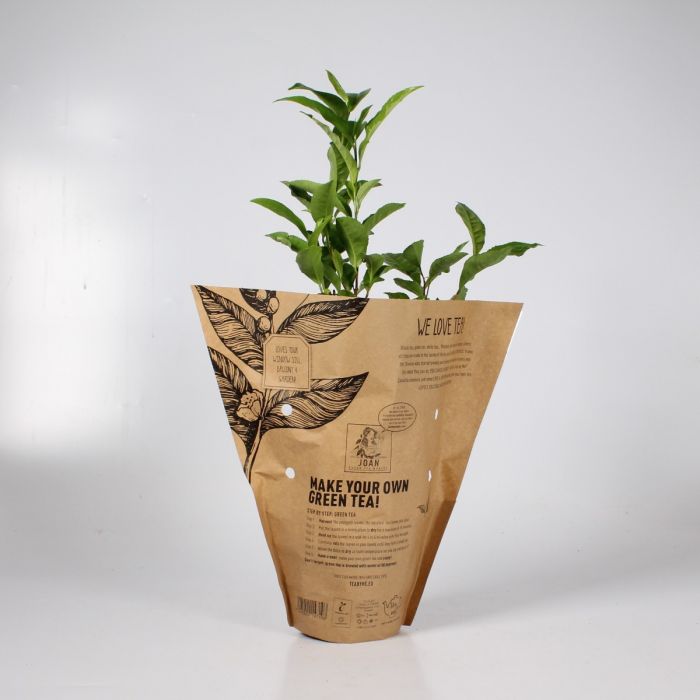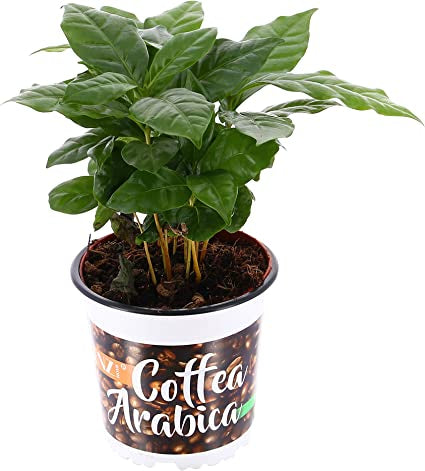Your Cart is Empty
FREE DELIVERY OVER £60
FREE DELIVERY OVER £60
PLANTS & FLOWERS
Office plants & Services
EXTERIOR PLANTING
CHRISTMAS TREES AND DISPLAYS
Kaffir Lime Leaves Unveiled: The Citrus Hystrix Tree's Flavorful and Fragrant Gifts to the Culinary World
7 min read

The Kaffir Lime, known scientifically as Citrus Hystrix, is a fascinating and versatile citrus tree native to tropical Southeast Asia. With its unique aroma and flavorful leaves, it has captured the attention of gardeners, chefs, and food enthusiasts worldwide. In this article, we will explore the origins and characteristics of this extraordinary tree and its prized Kaffir Lime fruit.
The Citrus Hystrix Tree: An Introduction to the Origins and Characteristics of the Kaffir Lime
Origins of the Citrus Hystrix Tree
Citrus Hystrix has its roots in the diverse tropical regions of Southeast Asia, where it grows abundantly in countries such as Thailand, Cambodia, Laos, Indonesia, Malaysia, and the Philippines. The tree has been cultivated for centuries and holds significant cultural and culinary importance throughout the region. In addition to its culinary applications, Citrus Hystrix has traditionally been used for medicinal purposes and as an ornamental plant.
Characteristics of the Kaffir Lime Tree
The Kaffir Lime tree is an evergreen citrus plant, typically reaching a height of 2 to 5 meters (6 to 16 feet) in its natural habitat. The tree is well-known for its glossy, dark green, double-lobed leaves, which release an intense citrus aroma when crushed or bruised.
The Kaffir Lime fruit itself is small and round, with a distinctive bumpy rind that sets it apart from other citrus varieties. The rind is usually harvested while still green, although it turns yellow when fully mature. Its color and texture are not the only unique features of the Kaffir Lime; the fruit also has a pungent aroma and a strong, acidic flavor, making it a sought-after ingredient in various culinary applications.
The tree produces fragrant white or pink flowers, typically in the spring, adding a touch of exotic beauty to the landscape. The flowers eventually develop into the Kaffir Lime fruit, which ripens throughout the year.
Cultivating the Citrus Hystrix Tree
Growing a Citrus Hystrix tree can be a rewarding endeavor for gardeners living in tropical and subtropical climates. The tree thrives in well-draining soil, ample sunlight, and consistent watering. It can be grown in containers, making it an ideal choice for patios, balconies, or small gardens. In colder climates, the tree can be cultivated indoors or in greenhouses, as long as it receives adequate light and care.
In conclusion, the Citrus Hystrix tree, with its unique Kaffir Lime fruit, is a captivating addition to any garden or home. Its rich history, striking appearance, and versatile culinary applications make it a plant well worth exploring. By understanding the origins and characteristics of this exceptional tree, you can appreciate the depth of its cultural and culinary significance and fully harness its potential in your own culinary creations.
Culinary Uses of Citrus Hystrix
Citrus Hystrix, commonly known as Kaffir Lime or Makrut Lime, is a prized ingredient in various culinary applications, particularly in Southeast Asian cuisines. The distinct aroma and flavor of its leaves and rind bring a unique touch to numerous dishes. Here are some of the most popular culinary uses of Citrus Hystrix:
-
Kaffir Lime Leaves: The leaves of the Citrus Hystrix tree are a crucial component in numerous Thai, Indonesian, and Malaysian recipes. They are often used to infuse a bright, citrusy flavor in soups, curries, and stir-fries. Some well-known dishes featuring Kaffir Lime leaves include Thai Tom Yum soup, Green Curry, and Indonesian Rendang.

-
Kaffir Lime Rind: The bumpy rind of the Kaffir Lime fruit is packed with aromatic oils, making it an excellent addition to curry pastes, marinades, and spice blends. The rind can be finely grated or chopped and used in recipes like Thai Red Curry paste or Malaysian Laksa.
-
Kaffir Lime Juice: While the juice of the Kaffir Lime is highly acidic and not as commonly used as the leaves and rind, it can still be utilized to add a tangy twist to salad dressings, marinades, or dipping sauces.
-
Kaffir Lime Infused Beverages: Citrus Hystrix can also be used to create refreshing and aromatic beverages. Steeping the leaves or rind in hot water produces a fragrant tea, while muddling them with other ingredients can create unique, citrusy cocktails or mocktails.
-
Kaffir Lime in Desserts: The zest of the Kaffir Lime rind can be incorporated into various dessert recipes, such as cookies, cakes, or custards, providing a hint of exotic citrus flavor.
-
Aromatic Rice: Kaffir Lime leaves can be added to steamed rice, infusing it with a delicate, fragrant aroma that complements many Southeast Asian dishes.
-
Citrus Hystrix in Fusion Cuisine: The unique flavor profile of Kaffir Lime leaves and rind lends itself to experimentation in fusion dishes, combining traditional Southeast Asian flavors with other international cuisines.
By incorporating Citrus Hystrix in its various forms, you can elevate your culinary creations, adding an exotic touch that delights the senses and enriches the overall dining experience.
Health Benefits of Kaffir Lime
Citrus Hystrix, or Kaffir Lime, has long been used in traditional medicine and is believed to offer a range of health benefits. Its leaves, rind, and essential oil contain various nutrients, antioxidants, and bioactive compounds that may contribute to its potential health-promoting properties. Here are some of the possible health benefits of Citrus Hystrix:
-
Antioxidant Properties: Kaffir Lime is rich in antioxidants, particularly flavonoids and limonoids, which help protect the body against oxidative stress and may reduce the risk of chronic diseases.
-
Anti-inflammatory Effects: Some studies suggest that compounds found in Kaffir Lime, such as β-caryophyllene, exhibit anti-inflammatory properties that could help alleviate pain and inflammation.
-
Antimicrobial Activity: Kaffir Lime essential oil has been found to possess antimicrobial properties against various bacteria and fungi, which may be useful in preventing infections or food spoilage.
-
Boosts Immunity: The high vitamin C content in Kaffir Lime may contribute to a stronger immune system by supporting the production of white blood cells and helping the body fight off infections.
-
Oral Health: Kaffir Lime has been traditionally used to promote oral health. The fruit's essential oil exhibits antimicrobial properties that may help combat oral pathogens and reduce the risk of gum disease or tooth decay.
-
Digestive Aid: In traditional medicine, Kaffir Lime has been used to alleviate indigestion, constipation, and other digestive issues. The fruit's fiber content may also promote regular bowel movements and overall digestive health.
-
Stress Relief: The aroma of Kaffir Lime essential oil is believed to have calming effects on the mind and body, helping to reduce stress and anxiety when used in aromatherapy.
-
Skin Health: Kaffir Lime's antimicrobial and anti-inflammatory properties, along with its vitamin C content, may benefit skin health by combating acne-causing bacteria, soothing inflammation, and promoting collagen production.
It's important to note that while Citrus Hystrix has been traditionally used to promote health and well-being, scientific research on its health benefits is still limited. As with any natural remedy or supplement, it's essential to consult with a healthcare professional before incorporating Kaffir Lime into your wellness routine.
Comprehensive guide how to grow Kaffir Lime at home

Growing Citrus Hystrix, or Kaffir Lime, at home can be a rewarding experience, providing you with an attractive ornamental plant and access to its fragrant leaves and rind for culinary use. Here's a comprehensive guide to help you cultivate Citrus Hystrix in your own home or garden:
-
Choosing a Plant or Seed: You can start by purchasing a Kaffir Lime tree from our shop or your local supplier or by planting seeds from a ripe Kaffir Lime fruit. If you choose to grow from seed, remember that germination can be slow and less predictable than using a young plant.
-
Selecting a Container: Kaffir Lime trees can be grown in containers, making them suitable for patios, balconies, or indoor cultivation. Choose a large pot with drainage holes, at least 12-18 inches in diameter, to provide ample space for root growth.
-
Soil and Fertilization: Citrus Hystrix prefers well-draining soil with a slightly acidic pH (between 6.0 and 6.5). You can use a high-quality potting mix designed for citrus trees or make your own by combining equal parts of peat moss, perlite or sand, and compost. Fertilize your Kaffir Lime tree with a slow-release, balanced citrus fertilizer according to the package instructions, typically every 2-3 months.
-
Watering: Kaffir Lime trees require consistent moisture but should not be over-watered. Allow the top inch of soil to dry out before watering deeply, ensuring that excess water drains out of the pot. Adjust your watering frequency based on the temperature, humidity, and season.
-
Light and Temperature: Citrus Hystrix thrives in full sun, requiring at least 6-8 hours of direct sunlight per day. If grown indoors, place your tree near a south-facing window or supplement with grow lights. Kaffir Lime trees prefer temperatures between 60°F and 85°F (15°C to 29°C) and are sensitive to frost. If you live in a colder climate, bring your tree indoors during the winter months.
-
Pruning: Prune your Kaffir Lime tree to maintain its shape, size, and encourage bushier growth. Remove dead, damaged, or crossing branches, and trim back excessive growth during the tree's dormant period, typically in late winter or early spring.
-
Pest and Disease Control: Inspect your Kaffir Lime tree regularly for pests such as aphids, scale insects, or spider mites. Treat infestations with insecticidal soap, neem oil, or horticultural oil. Keep an eye out for fungal diseases like root rot or leaf spot, and address any issues promptly by improving drainage, airflow, and reducing humidity.
-
Pollination and Fruit Production: Kaffir Lime trees are self-pollinating, meaning they can produce fruit without the need for another tree. However, hand-pollination with a soft brush can increase fruit production. Fruit typically forms after the tree produces fragrant white or pink flowers, which usually appear in the spring.
-
Harvesting: Kaffir Lime leaves can be harvested at any time once they have reached their full size and display a dark green color. The fruit can be harvested while still green and used for its rind, or allowed to ripen to a yellow color.
By following these guidelines, you can successfully grow a Citrus Hystrix tree at home, enjoying the beauty and versatility it offers in both ornamental and culinary applications.
Citrus Hystrix is a versatile and flavorful addition to your culinary repertoire. Its leaves, rind, and juice can enhance various dishes, while its numerous health benefits make it a nutritious choice. By growing your own Kaffir Lime plant, you can enjoy its unique aroma and taste in your home-cooked meals. So go ahead, add a touch of Citrus Hystrix to your dishes, and explore the delightful world of Southeast Asian cuisine.
Leave a comment
Comments will be approved before showing up.
Subscribe
Sign up to get the latest on sales, new releases and more …












































